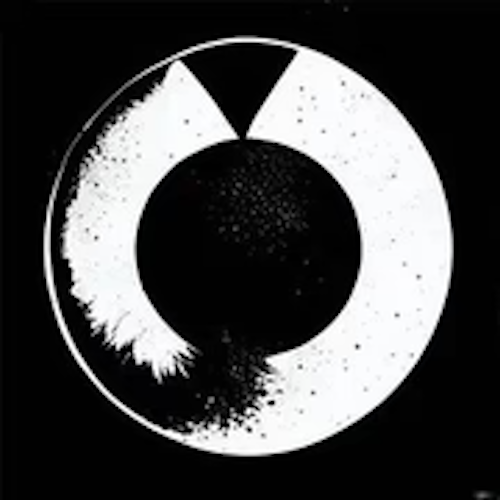Technast's Tutorial on Reverse Engineering: A Comprehensive Walkthrough
Share
Introduction to Technast's Reverse Engineering Services
At Technast, we offer intricate futuristic 3D printed objects for high-end retail and scientific use. Serving Canada, especially Toronto, Mississauga, and GTA, our advanced design and manufacturing capabilities are tailored to meet the unique needs of our clients. This tutorial provides a comprehensive walkthrough of our reverse engineering process, one of the many services we offer.
The Process of Reverse Engineering
Reverse engineering involves deconstructing an object to understand its components and their interrelationships. This process is often used to improve existing products or to replicate them. At Technast, we use state-of-the-art technology to complete this process efficiently and accurately.
Steps in Technast's Reverse Engineering Process
- Step 1: The object is carefully examined, and its parts and their functions are identified.
- Step 2: Using our advanced 3D scanning technology, we create a detailed digital model of the object.
- Step 3: The digital model is then analyzed to understand the object’s design, materials, and manufacturing process.
- Step 4: Based on the analysis, we develop a manufacturing plan to reproduce or improve the object.
- Step 5: The object is reproduced using our futuristic 3D printing technology, ensuring high precision and quality.
From jewelry prototyping that includes resin prints and cast-ready prep, to the development of native mobile apps that integrate AI and IoT for custom workflows, we provide a wide range of services. Our license plate frames are fully customizable and glow-in-the-dark, offering a unique blend of functionality and style.
Experience Technast's advanced design, luxury biomorphic style, and fast, professional service. Contact us today for your reverse engineering needs. Get in touch now!
